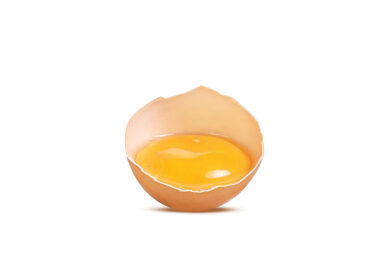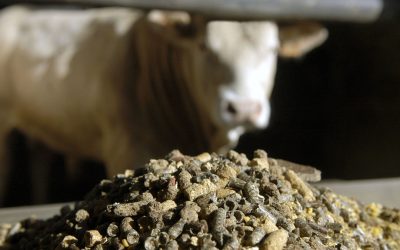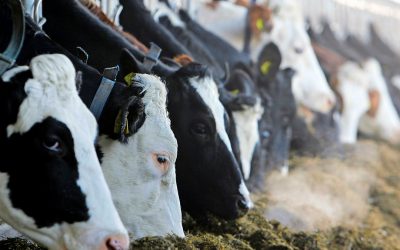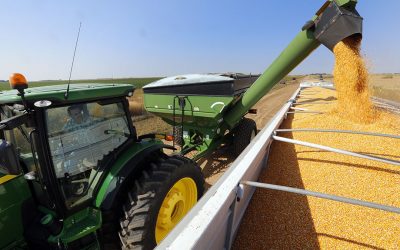Producers: Vietnamese government lacks animal feed industry plan
Animal feed producers complain that Vietnam and its Ministry of Agriculture and Rural Development (MARD) has not done anything in the last years to develop the animal feed industry. To date, they rely on imports to make finished products.
Though it is now the high harvesting season, Pham Duc Binh, General Director of Thanh Binh Company, a big animal feed producer in Dong Nai Province, reported that his company cannot buy 10,000 tons of maize, a volume big enough to maintain production for one month.
“If we order on the Internet, we will receive the volume we want in one week,” he noted. “It is not true that we don’t want to purchase domestic products. However, there is nothing for us to purchase.”
Relying on imports
He stressed that the problem is that Vietnam can produce many kinds of input materials, but it has still been relying on imports.
Every year, Vietnam has to spend billions of dollars to import agricultural products to make finished products.
In order to make animal feed finished products, Vietnamese enterprises have to import up to 80% of materials needed from other countries. The domestic output of maize, for example, can only meets 50% of the demand, while the other 50% must be filled up with imports.
Ethanol competition
In the past, Vietnam once could satisfy its demand for cassava (manioc), rice bran and maize. However, nowadays, Vietnamese enterprises have to import manioc to make animal feed, while domestic manioc is being used to make ethanol.
The domestic manioc price has reached 5000 dong (18.5 €cents) per kilo, an overly high price level for making animal feed.
In 2009, Vietnam imported $2.1 billion worth of animal feed and input materials. One billion dollar was spent on soybean oil-cakes, 300 million dollar on maize, and 280 million dollar on fish and meat powder.
The import value has increased steadily. In the first eight months of the year, the total import revenue of animal feed and materials had reached $1.475 billion, an increase of 15.6% over the same period of the last year.
Veterinary medicines
Especially, Vietnam has to import 100 percent of input materials for making veterinary medicine. Pham Quang Thai, General Director of Navetco, said that Vietnam still cannot make necessary chemicals.
Every year, the Ministry of Agriculture and Rural Development (MARD) imports 500-600 tons of medicine used for aquaculture alone.
Experts believe that Vietnam is country with advantages in agricultural production; therefore, it can make input materials needed, if there are reasonable development policies.
Rice over maize
“The Ministry of Agriculture and Rural Development should be blamed for the shortage of input materials for animal feed,” Binh said.
While animal feed production has been continuously hungry for materials over the last years, the area for growing maize has decreased. There is still no concrete development plan for the husbandry industry.
According to Vu Ba Quang, Deputy Director of Dong Nai Food Processing Factory, one hectare of maize in the US can provide 20 tons of products, while in Vietnam, one hectare can provide five tons.
“Why don’t farmers in the coastal areas in the central region and Central Highlands, where water is lacking all year round, shift to growing maize, which can bring high yields and higher profits than rice?” Binh questioned.
Over the last many years, the State has encouraged rice over other plants.
Join 26,000+ subscribers
Subscribe to our newsletter to stay updated about all the need-to-know content in the feed sector, three times a week. Beheer
Beheer









 WP Admin
WP Admin  Bewerk bericht
Bewerk bericht